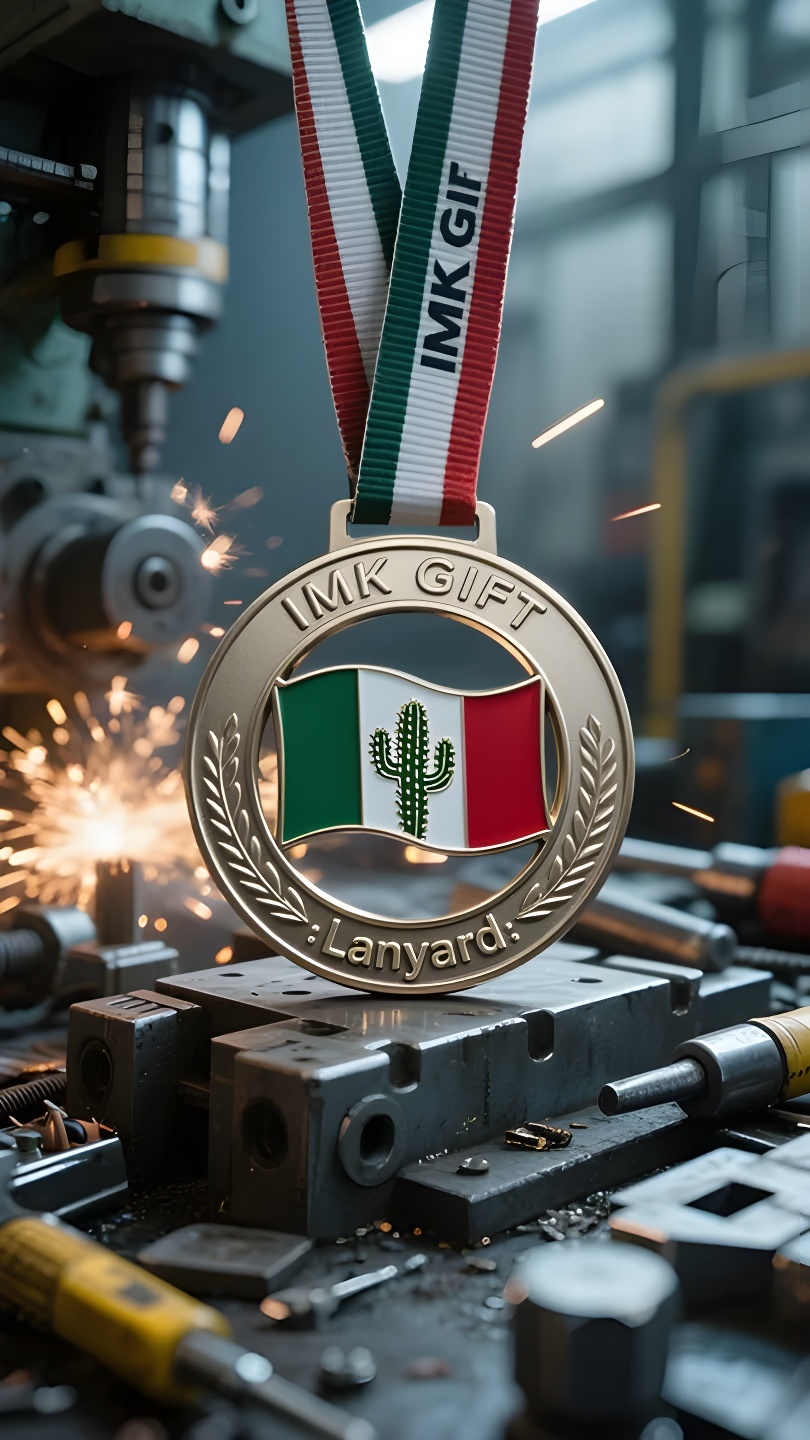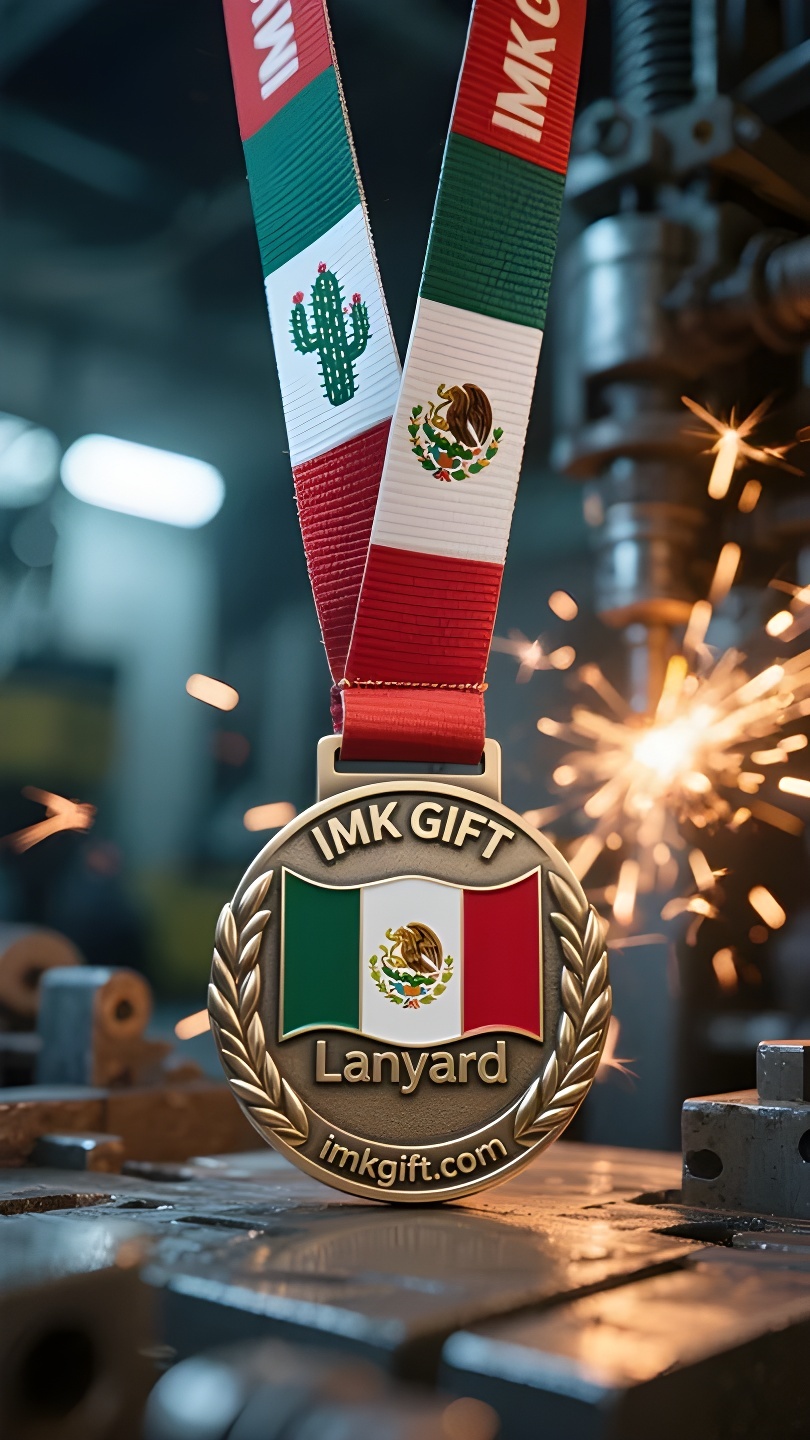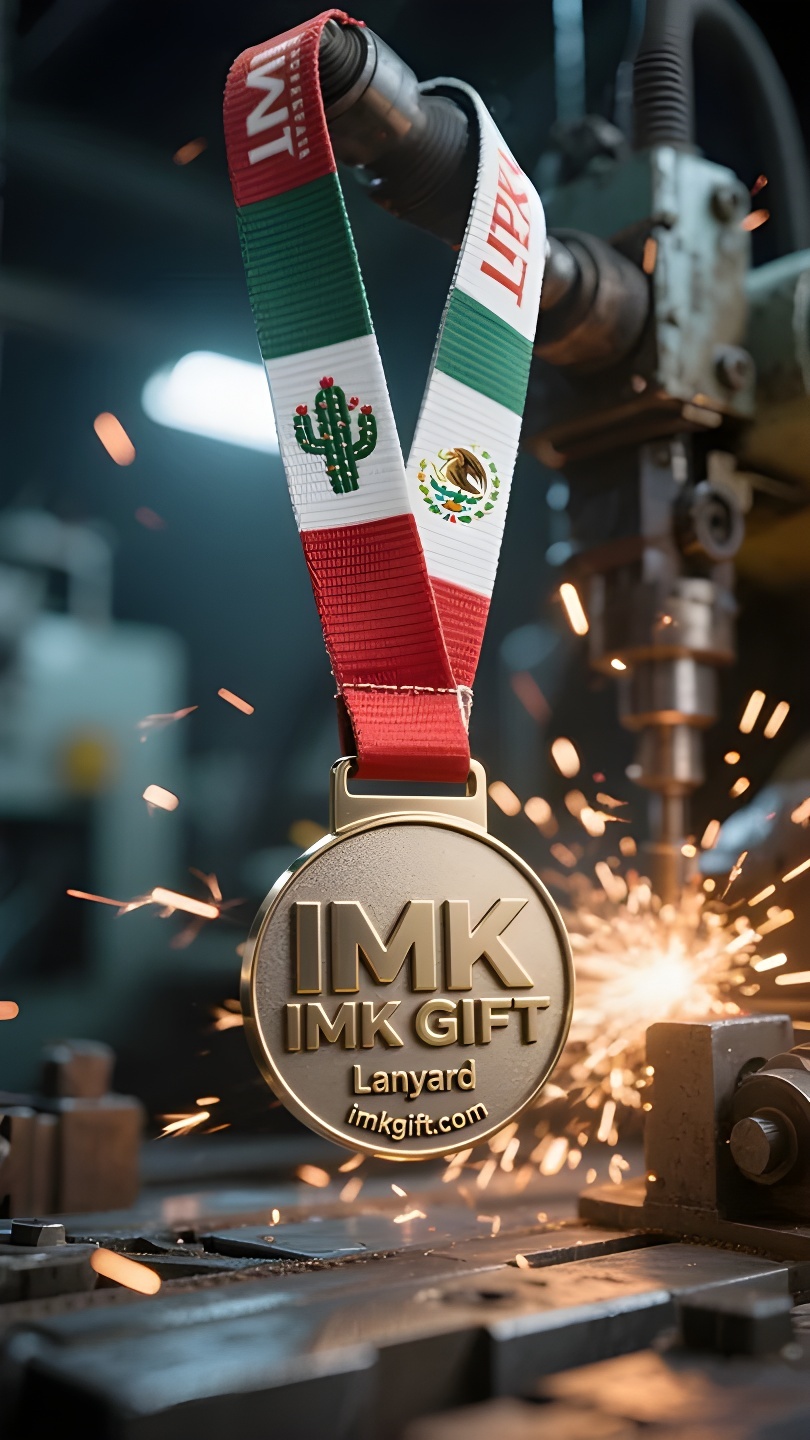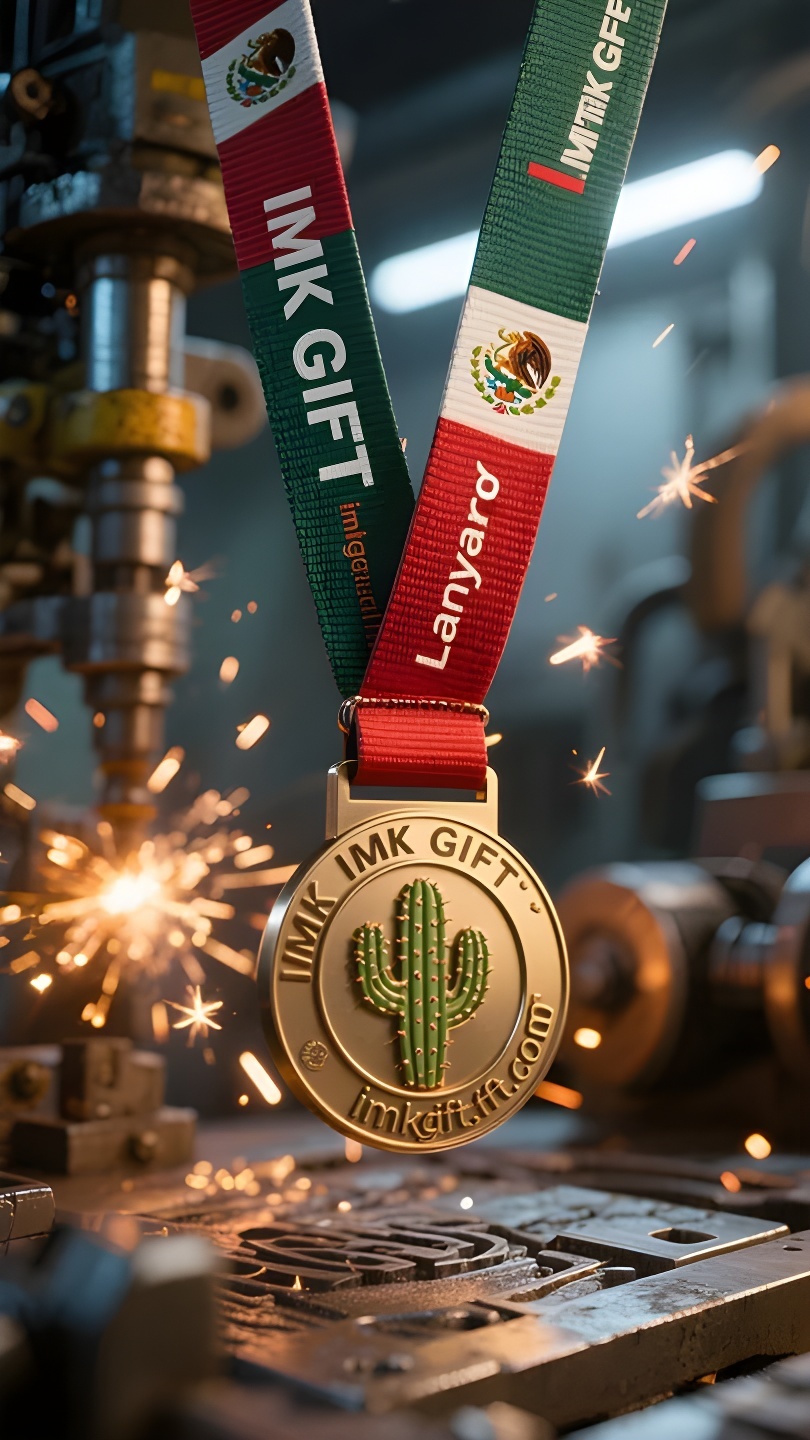in987-Medalla-de-Espinas-Un-homenaje-a-la-vida-bajo-la-bandera-mexicana
▼
En septiembre, en las calles de la Ciudad de México, los diseños de águila y cactus de la bandera nacional ondeaban al viento. Este mes se celebraron el Día de la Independencia de México y los Juegos Nacionales de la Comunidad. Una medalla con forma de cactus, unida por un cordón turquesa, se convirtió en un símbolo de honor, anhelado por innumerables participantes: no solo transmite el espíritu de competencia, sino que también condensa la filosofía de supervivencia grabada en la sangre de esta nación. El cactus en el centro de la bandera mexicana se originó a partir de la antigua profecía de los aztecas que buscaban un lugar para construir una capital: cuando se ve un águila sosteniendo una serpiente sobre un cactus, esa es la ubicación de la Ciudad Eterna. La sabiduría de esta planta espinosa para almacenar el agua de la vida en el desierto es tan importante como la resiliencia de los mexicanos ante la colonización y el desastre. Ahora, las medallas especiales de cactus para los Juegos están forjadas en metal para crear un contorno espinoso, y el cordón está tejido con los colores verde, blanco y rojo de la bandera nacional, lo que implica que la trayectoria de lucha de cada vida cotidiana debe resonar con la memoria nacional. El nudo de la hebilla del cordón conserva deliberadamente la forma de la palabra maya “K’an”. Este símbolo de conexión y renacimiento recuerda a los galardonados que la verdadera medalla no se trata de conquistar a otros, sino de transformar el sufrimiento en alimento, como un cactus, y hacer de cada cicatriz un nodo vital que conecta el pasado con el futuro. Cuando los atletas con medallas caminaron entre la multitud que los vitoreaba, la luz que reflejaba el cactus de metal al sol se reflejaba en los millones de cactus reales que crecían silenciosamente en el desierto a las afueras de la ciudad; todos demostraron que las espinas más afiladas eventualmente se convertirán en una armadura para proteger la esperanza.
In the streets of Mexico City in September, the eagle and cactus patterns on the national flag fluttered in the wind. This month, Mexico’s Independence Day and the National Community Games were held. A cactus-shaped medal connected by a turquoise lanyard became a symbol of honor pursued by countless participants – it carries not only the spirit of competition, but also condenses the survival philosophy engraved in the blood of this nation. The cactus in the center of the Mexican flag originated from the ancient prophecy of the Aztecs looking for a place to build a capital: when you see an eagle holding a snake standing on a cactus, it is the location of the eternal city. The wisdom of this thorny plant in storing the water of life in the desert is just like the resilience of the Mexicans in the face of colonization and disaster. Now the special cactus medals for the Games are forged with metal to create a thorny outline, and the lanyard is woven with the green, white and red colors of the national flag, implying that the struggle trajectory of every ordinary life should resonate with the national memory. The knot at the lanyard buckle deliberately retains the form of the Mayan knot word “K’an”. This symbol of connection and rebirth reminds the award recipients that the real medal is not about conquering others, but about transforming suffering into nourishment like a cactus, and making every scar a life node connecting the past and the future. When the athletes wearing medals walked through the cheering crowd, the light reflected by the metal cactus in the sun was reflected by the millions of real cacti growing silently in the desert outside the city – they all proved that the sharpest thorns will eventually grow into armor to protect hope.
九月的墨西哥城街头,国旗上的雄鹰与仙人掌图案在风中翻飞。这个月,恰逢墨西哥独立纪念日与全国社区运动会的举办,一枚由绿松石色挂绳串联的仙人掌造型奖牌,成为无数参与者追逐的荣誉象征——它承载的不仅是竞技精神,更浓缩着这个民族刻在血脉中的生存哲学。
墨西哥国旗中央的仙人掌,源自阿兹特克人寻找建都之地的古老预言:当看见雄鹰叼蛇立于仙人掌时,便是永恒之城的所在。这片多刺植物在荒漠中贮存生命之水的智慧,恰如墨西哥人面对殖民与灾难时迸发的韧性。而今运动会特制的仙人掌奖牌,用金属锻造出带刺的轮廓,挂绳编织着国旗绿、白、红三色,暗喻每个平凡生命的奋斗轨迹都应与国族记忆共鸣。
挂绳环扣处的绳结,刻意保留了玛雅绳结文字「K’an」的形态。这个象征联结与重生的符号,提醒着领奖者:真正的勋章不在征服他人,而在于像仙人掌般将苦难转化为滋养,让每道伤痕都成为连接过去与未来的生命节点。当运动员们佩戴奖牌穿过欢呼的人群,金属仙人掌在阳光下折射出的光芒,正与城郊荒漠中静默生长的千万株真仙人掌遥相辉映——它们都在证明:最锋利的刺,终将长成守护希望的铠甲。
▼
Contact Us
📞 Tel: +0086-760-85286839
📧 Email: sales3@imkgift.com








